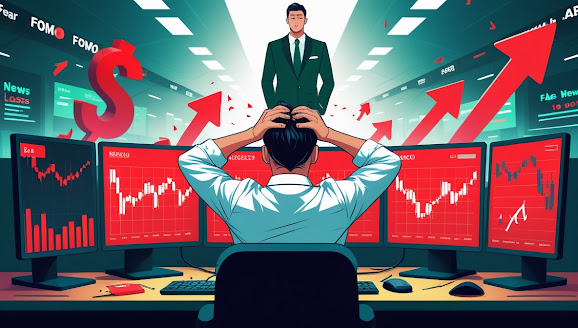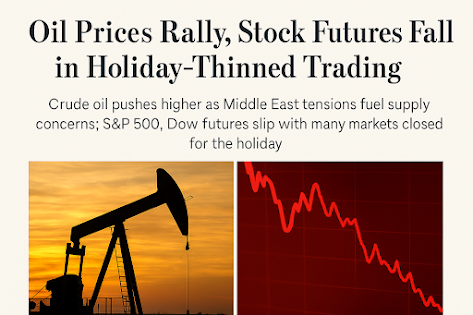If someone mentions the word trading, most people envision stock market displays blinking numbers or yelling brokers in exchanges. However, trading is actually a lot less complicated. Simply put, trading is the process of exchanging financial assets in hopes of gaining profit.
This article will be narrating in plain language what trading actually is, how it operates, the various types of trading, and what a beginner should know before they start.
What is Trading?
Trading refers to purchasing an asset at a lower price and selling it at a higher price. The asset may be a stock of a company, a commodity such as gold or oil, a currency such as USD/INR, or even virtual currencies such as Bitcoin.
For instance, if you purchase 10 shares in a company at ₹100 each, you have invested ₹1,000. If the price increases to ₹120 per share and you sell, you earn a profit of ₹200. That gap is the essence of trading.
How Does Trading Work?
Trading occurs in financial markets, and these days most trading is done online through brokers or apps. The process is simple:
- Open an account with a registered broker.
- Fund your account.
- Select the asset you wish to trade.
- Enter a buy or sell order.
- Watch the market and get out when your target or stop-loss is reached.
The basic concept behind trading is easy: buy low and sell high. Short selling (sell first and buy later) is done by some traders as well to gain when prices drop.
Trading Types
Trading is unique to each person. It varies based on your time, risk tolerance, and personality. These are the key types:
- Intraday Trading – Buying and selling in the same day. High-risk but returns quickly.
- Swing Trading – Holding for days or weeks to ride out price swings.
- Positional Trading – Holding positions for months to reap long-term trends.
- Scalping – Placing many trades in minutes or seconds to take small but regular profits.
- Futures and Options – Sophisticated techniques of trading contracts instead of the underlying asset.
Why Do People Trade?
Individuals trade for various purposes. Some need an extra income source, and others employ trading to accumulate wealth quicker than saving money conventionally. For most, trading provides the ability to access global markets and get closer to financial freedom.
But it should be noted that trading is not gambling. It needs patience, knowledge, and discipline.
Risks in Trading and How to Avoid Them
Trading is risky. Most newbies lose money since they venture into the market without prior preparation. Some of the common errors include:
- Trading on hearsay or random advice
- Employing the whole capital in one transaction
- Disregarding stop-loss orders
- Trading without knowing the asset
To minimize risk, newbies should:
- Set a stop-loss always to cap losses
- Begin with little amounts
- Diversify among different assets
- Prioritize learning before pursuing profits
Conclusion
Trading is possibly the most thrilling means to engage in the world of finance. It enables one to accumulate wealth, but it takes more than passion to be successful. A structured methodology, ongoing education, and adequate risk management are the secrets to long-term success.
If you are a beginner, do it step by step. Learn the fundamentals, test with tiny trades, and build up your confidence gradually. Being positive minded, trading can not only be a skill but also a useful instrument for wealth increase.









